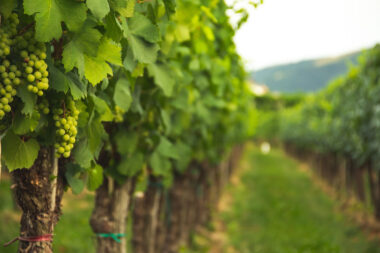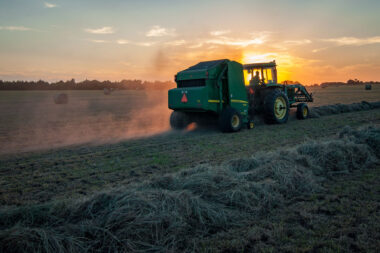Introduction
Food packaging plays a crucial role in preserving product quality, preventing contamination, and extending shelf life. However, conventional packaging contributes significantly to global waste, prompting a shift toward closed loop solutions that align with circular economy principles. These solutions focus on minimizing material waste, enhancing recyclability, and reducing reliance on virgin raw materials.
Closed Loop System
A closed loop system is a sustainable approach where materials are continuously cycled through reuse, recycling, or composting, minimizing waste and reducing dependency on new raw materials. Instead of a traditional linear system where packaging is used once and discarded closed loop systems ensure that materials are recovered and reintegrated into the supply chain. This concept aligns with the circular economy, focusing on resource efficiency, waste reduction, and environmental sustainability.
Closed Loop System Incorporation in Food Packaging
Closed loop packaging solutions are integrated into the food industry by designing packaging materials and systems that prioritize recyclability, reusability, and compostability. This is achieved through the following key strategies:
- Material Selection and Design Optimization
- Mono material packaging: Uses a single type of material (e.g., 100% PET or paper) to simplify recycling.
- Compostable materials: Utilizes bioplastics or plant based films that break down in industrial composting facilities.
- Edible packaging: Innovations such as seaweed based wrappers eliminate waste altogether.
- Elimination of non recyclable coatings: Avoiding composite layers that hinder recyclability.
- Reusable and Refillable Packaging Systems
- Implementation of reusable containers that consumers can return and refill, reducing single use packaging waste.
- Retail chains and foodservice industries adopting deposit return schemes for glass, metal, or rigid plastic packaging.
- Expansion of packaging as a service models, where brands offer sustainable container rental programs.
- Smart Packaging for Enhanced Circularity
- QR codes and RFID chips track packaging materials, ensuring traceability and optimizing recycling processes.
- Blockchain technology helps record and verify packaging reuse and recycling data across the supply chain.
- Sensor enabled packaging detects food spoilage, reducing food waste while improving material recovery.
- Reverse Logistics and Material Recovery
- Collection infrastructure: Brands partner with logistics and recycling companies to collect and sort used packaging.
- Advanced recycling technologies: Chemical and mechanical recycling processes break down materials into reusable raw components.
- Integration with supply chains: Recovered materials are reintegrated into new packaging, completing the closed loop cycle.
Technical Components of Closed Loop Food Packaging
1. Sustainable Packaging Materials
- Bioplastics: Derived from renewable sources such as cornstarch, algae, and sugarcane, offering compostable or biodegradable alternatives to traditional plastics.
- Recycled PET (rPET): Post consumer recycled plastic that reduces dependency on virgin PET, helping close the material loop.
- Edible Packaging: Made from organic, food safe materials such as seaweed, starch, or protein based components, reducing single use waste.
- Compostable Films: Engineered from plant based polymers that break down naturally under composting conditions, eliminating persistent waste.
2. Smart and Intelligent Packaging
- QR Code and RFID Tracking: Enables digital traceability of packaging materials throughout their lifecycle, ensuring proper recycling or reuse.
- Sensors for Freshness Monitoring: Smart sensors embedded in packaging to track temperature, humidity, and spoilage, optimizing food quality and reducing waste.
- Blockchain Integration: Securely records packaging material lifecycle, enhancing transparency in recycling and reuse initiatives.
3. Advanced Recycling Technologies
- Chemical Recycling: Breaks down plastics at the molecular level into raw monomers, allowing infinite recycling without degradation.
- Depolymerization: A form of chemical recycling where polymers are reverted to monomers for re-polymerization into new packaging materials.
- Mechanical Recycling: A standard recycling process where plastic waste is washed, shredded, melted, and reformed into new packaging.
- AI Driven Sorting Systems: Utilizes computer vision and machine learning to identify and sort waste efficiently, ensuring high quality recyclate production.
- Enzyme Based Plastic Decomposition: Emerging biotechnology that uses enzymes to degrade synthetic plastics into reusable components, improving biodegradability.
Step by Step Working Process of Closed Loop Packaging
Step 1: Material Selection and Design Optimization
- Identify and select sustainable packaging materials such as bioplastics, rPET, and compostable films.
- Design packaging to be mono material and free from non recyclable additives to enhance recyclability.
Step 2: Consumer Use and Collection
- Consumers use the packaging for food products, ensuring proper disposal as per guidelines.
- Establish return systems for reusable and refillable packaging in collaboration with retailers.
Step 3: Reverse Logistics and Collection Infrastructure
- Deploy a collection system for used packaging, including deposit return schemes and take back programs.
- Implement smart bins with QR or RFID scanning capabilities to facilitate sorting at collection points.
Step 4: Sorting and Processing
- Use AI driven sorting machines, robotic arms, and near infrared (NIR) spectrometry to separate materials efficiently.
- Classify waste into recyclable, reusable, and compostable categories for further processing.
Step 5: Recycling and Material Recovery
- Mechanical recycling for plastics such as PET, HDPE, and PP.
- Chemical recycling for multi-layered or degraded plastics to recover pure monomers.
- Composting for biodegradable packaging materials to return nutrients to the environment.
Step 6: Reintegration into Manufacturing
- Recovered materials are processed and converted into new packaging components.
- Packaging manufacturers use rPET, biodegradable films, or bioplastic resins to create new food packaging, closing the loop.
Step 7: Distribution and Retail Reuse
- New closed loop packaging is distributed back into the supply chain.
- Retailers and foodservice providers integrate reusable models, ensuring continuous circulation of packaging materials.
Future Innovations in Closed Loop Food Packaging
- Nano Coatings for Biodegradable Packaging: Enhancing moisture and oxygen resistance.
- AI Powered Sorting Systems: Improving recycling efficiency.
- Enzyme Based Plastic Decomposition: Accelerating biodegradation processes.
- Reusable Packaging as a Service Models: Subscription based packaging solutions for food delivery and retail.
- High Performance Bio Based Polymers: Research into new, durable, and scalable alternatives to petroleum based plastics.
Conclusion
Closed loop food packaging solutions offer a sustainable approach to reducing waste and conserving resources while ensuring food safety and quality. By integrating material science advancements, smart tracking systems, and efficient recycling infrastructure, industries can transition toward a truly circular packaging economy. The future of food packaging lies in continuous innovation, strategic policy support, and widespread consumer participation in sustainable practices.



